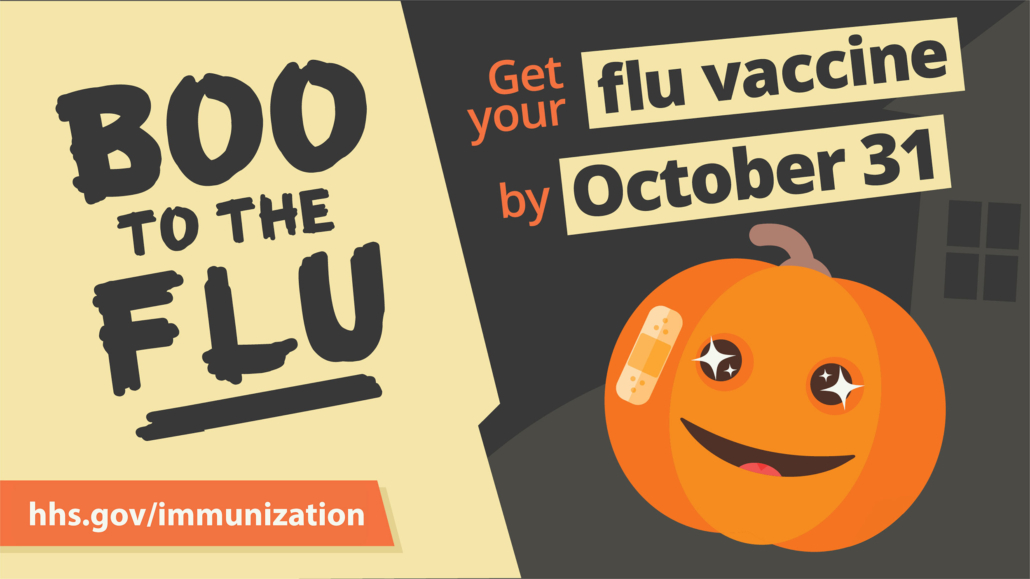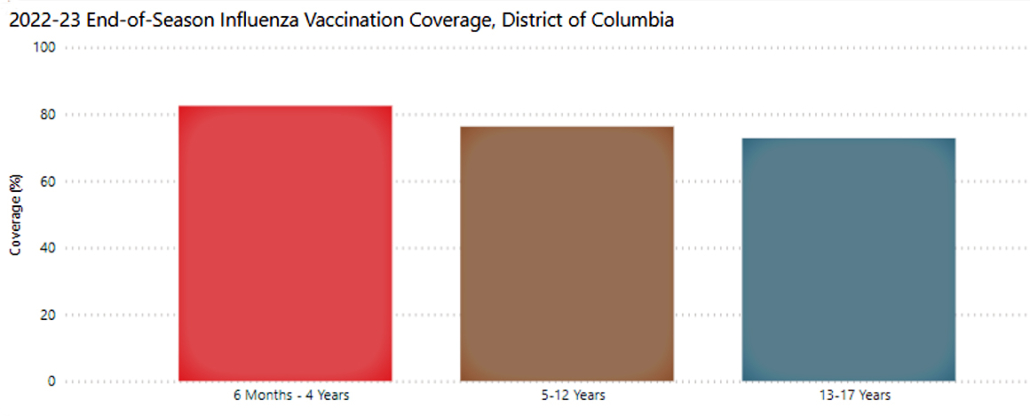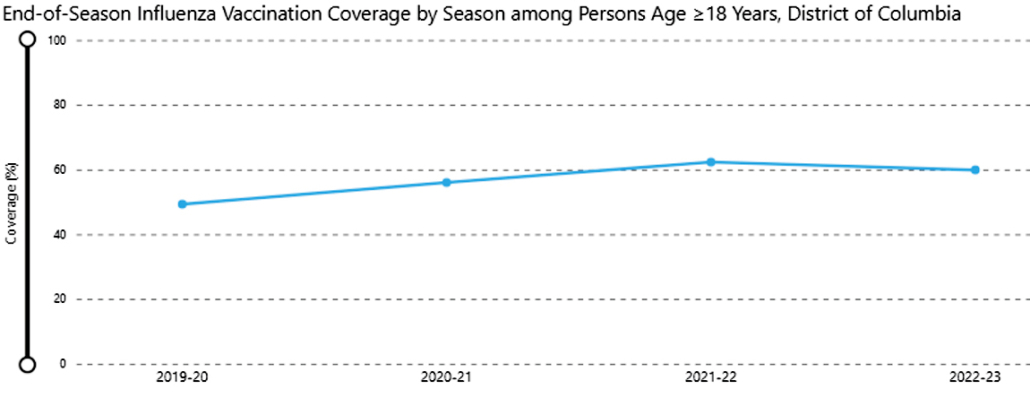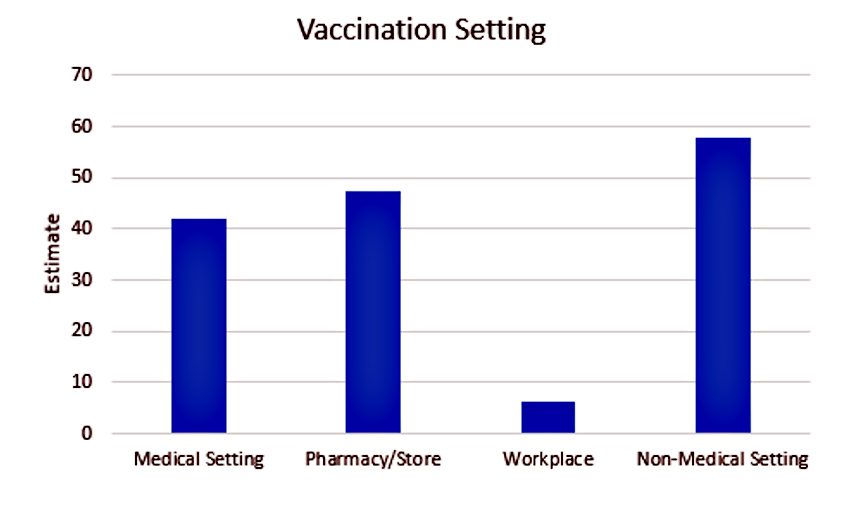Flu before boo!
If you haven’t heard this saying, it simply means that you should receive your annual influenza (flu) vaccine by Halloween. Though it is recommended by the American Academy of Pediatrics and the Centers for Disease Control and Prevention (CDC) that all eligible children six months old and older receive the vaccine, many children do not get vaccinated against seasonal influenza. Influenza is a significant contributor to the burden of respiratory illnesses every year, and the vaccine may help prevent it or at least make symptoms milder. When children become sick with flu they miss school, parents and caregivers miss work, and more people become sick. We should all get vaccinated and urge others to as well!
Getting the vaccine before Halloween ensures that you are protected when peak flu season hits! Everyone who works at Children’s National Hospital and all of us at the Child Health Advocacy Institute must receive our annual flu shot. It’s a simple, effective way to prevent illness for ourselves, but also for the children and families who come to our hospital and clinics, and with whom we interact in the community. We take this responsibility very seriously.
Flu Vaccine Stats
The Child Health Data Lab dug into the stats on flu vaccination from the CDC’s interactive FluVaxView tool and are pleased to report that among all states, DC had the highest pediatric vaccination coverage during the 2022-2023 flu season! Nationally, only 57% of children were vaccinated. This rate varied widely from 42% in Mississippi to nearly 77% in DC. While this is good news for our community, over 20% of DC children who should’ve gotten their shot last year, did not. There is still work to be done in spreading awareness of this important public health issue.
As you can see, among children in DC, vaccination rates also vary by age. The youngest children, ages 6 months-4 years had the highest vaccination coverage, followed by those ages 5-12, and children 13-17 years old had the lowest rates.
Looking back at the past few years, we saw a promising trend of increasing vaccination among children in DC; however, the uptake decreased last year.
We also found the setting in which the vaccine was received to be interesting. Most (over 57%) of children received their vaccine in a non-medical setting, followed by 48% in a pharmacy or store. People should have options when it comes to choosing their preferred locations and DC has many options. Plug in your ZIP code to find one near you here.
Header photo created by Rose Li Associates (RLA), contracted by CDC Office of Infectious Disease and HIV/AIDS Policy
About the author

Gina Dwyer, MPH
Lead Public Health Data Analyst for the Child Health Data Lab within the Child Health Advocacy Institute at Children's National Hospital






